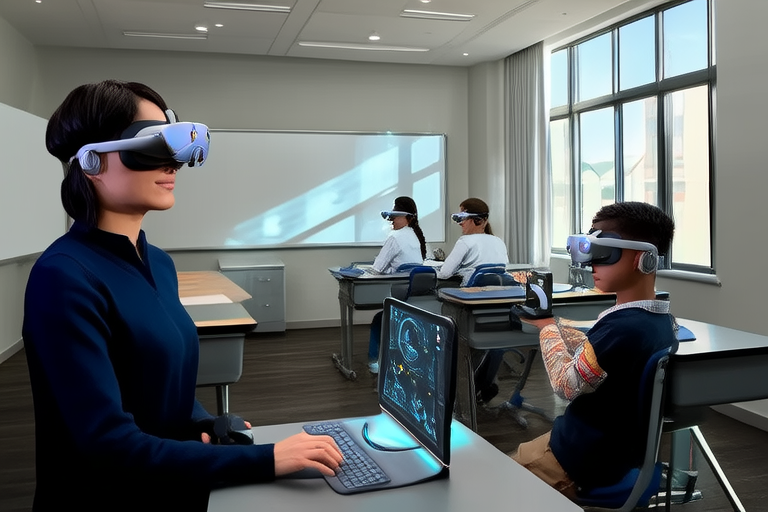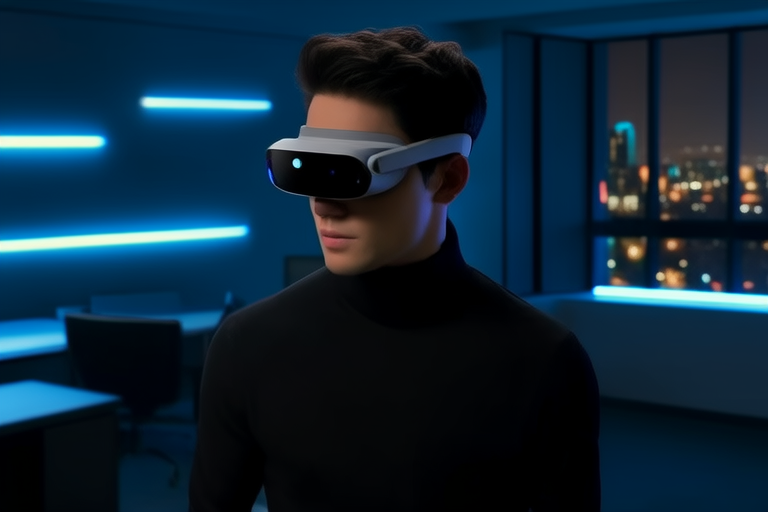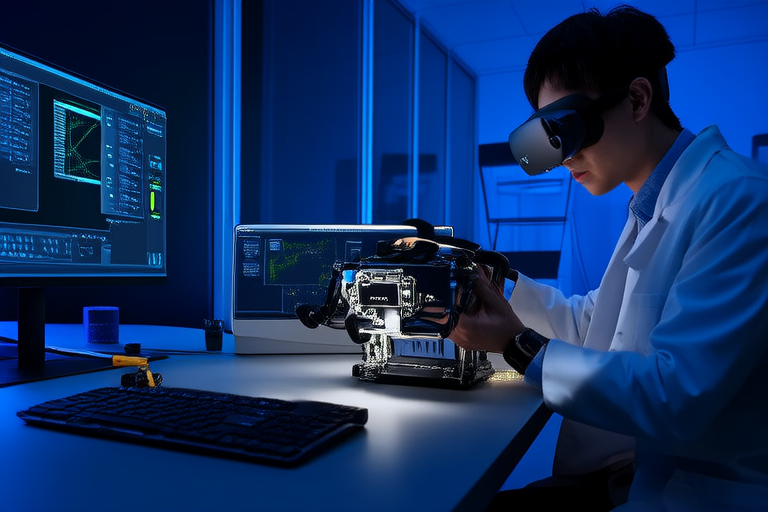“`html
Exploring the Future: How VR and AR are Reshaping Industries
Introduction
Virtual Reality (VR) and Augmented Reality (AR) are two rapidly advancing technologies that are revolutionizing the way we interact with digital information. VR immerses users in a completely simulated environment, while AR overlays digital elements onto the real world. Both technologies are gaining prominence due to their ability to provide immersive, interactive experiences that were previously unimaginable.
The rise of VR and AR is not just a technological trend but a paradigm shift that is reshaping numerous industries. From healthcare and education to retail and entertainment, these technologies are offering new possibilities and enhancing traditional methods. This article will explore the current applications of VR and AR, their future potential, and the significant impact they are having across various sectors.
Applications Across Industries
Healthcare
In healthcare, VR and AR are being used to train surgeons, conduct telemedicine sessions, and assist in patient rehabilitation. Surgical training simulators allow medical professionals to practice complex procedures in a risk-free environment. Telemedicine platforms enable remote consultations, making healthcare more accessible. Patient rehabilitation programs use VR to engage patients in therapy exercises, improving recovery outcomes.
Education
The education sector is leveraging VR and AR to create immersive learning experiences. Classrooms are becoming more interactive with virtual field trips and educational simulations. Students can explore historical sites, visit museums, and participate in science experiments without leaving the classroom. These immersive experiences foster deeper understanding and engagement, making learning more effective.
Retail
VR and AR are transforming the retail experience by providing virtual shopping environments and product visualizations. Customers can virtually try on clothes, visualize furniture in their homes, and interact with products before making a purchase. Retailers are also using AR to enhance customer engagement through augmented reality apps and in-store experiences.
Manufacturing
In manufacturing, VR and AR are used to simulate production processes, enhance quality control, and train workers. Manufacturers can test new machinery and workflows in a virtual environment, reducing errors and costs. AR systems assist workers on the factory floor by providing real-time instructions and data, improving productivity and accuracy.
Entertainment
The entertainment industry is embracing VR and AR to offer immersive gaming, movie experiences, and live events. Gamers can enter fully realized virtual worlds, and moviegoers can enjoy interactive storytelling. Live events are enhanced with AR effects, creating memorable experiences for attendees. These technologies are expanding the boundaries of what is possible in entertainment.
Real Estate
VR and AR are changing the way real estate is marketed and experienced. Virtual property tours allow potential buyers to explore properties remotely, saving time and resources. Design visualization tools help clients envision renovations and layouts. AR enhances client interaction by overlaying digital models onto physical spaces, providing a realistic preview of changes.
Future Potential
The future of VR and AR holds immense promise, with emerging trends and innovations set to further transform industries. As technology advances, we can expect more sophisticated applications and increased adoption rates. Predictions suggest that VR and AR will become integral parts of everyday life, from personal devices to enterprise solutions.
However, there are challenges to overcome, including hardware limitations, content development, and user acceptance. Addressing these challenges will require collaboration between developers, businesses, and consumers to ensure a smooth transition and widespread adoption.
Impact and Benefits
The integration of VR and AR is enhancing efficiency, reducing costs, and improving user experiences across industries. These technologies offer unique advantages that traditional methods cannot match. For example, in healthcare, VR training reduces the need for expensive physical equipment, and in education, immersive learning increases student engagement and retention.
Case studies demonstrate the significant transformations brought about by VR and AR. A hospital using VR training saw a 30% reduction in surgical errors, while an educational institution reported a 20% increase in student performance after implementing VR simulations. These examples highlight the transformative power of these technologies.
Conclusion
VR and AR are reshaping industries by offering innovative solutions and enhancing traditional methods. From healthcare and education to retail and entertainment, these technologies are driving change and improving outcomes. As we look to the future, the potential for VR and AR is vast, with continued advancements and widespread adoption.
The transformative power of VR and AR lies in their ability to provide immersive, interactive experiences that were once only imagined. As these technologies continue to evolve, we can expect even greater innovations and improvements. The future of VR and AR is bright, and their impact will be felt across all sectors.
“`




